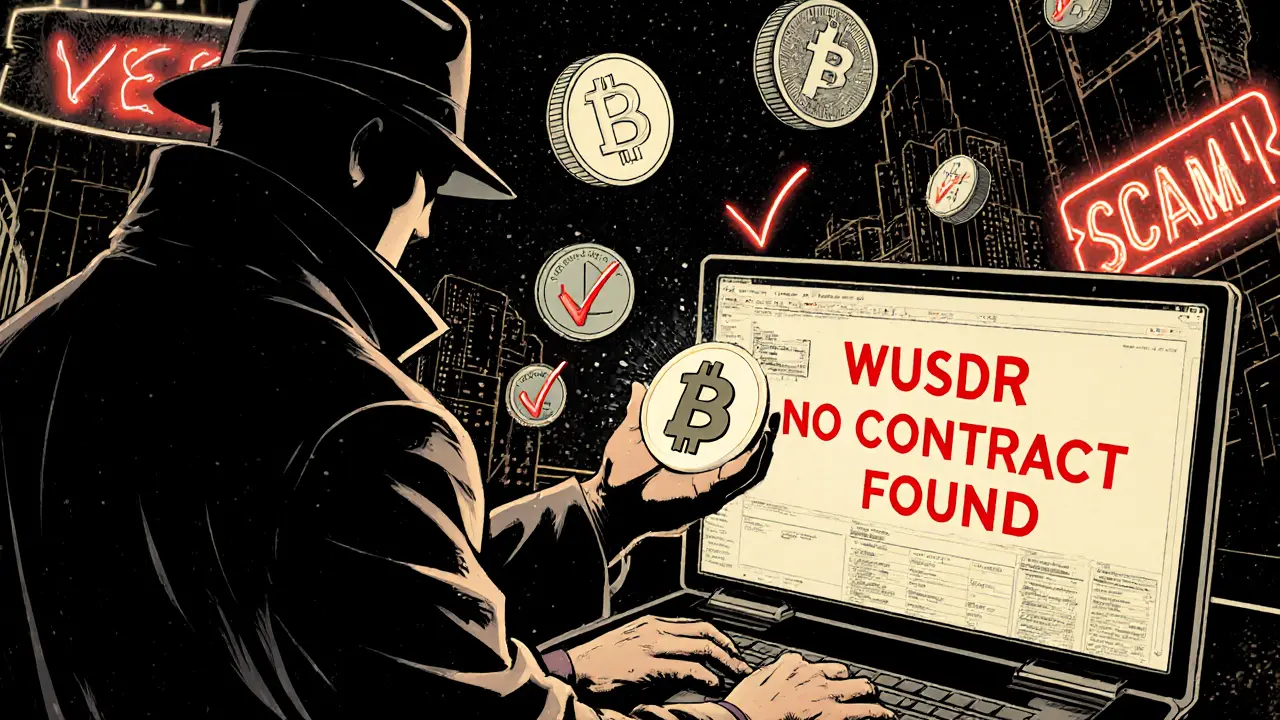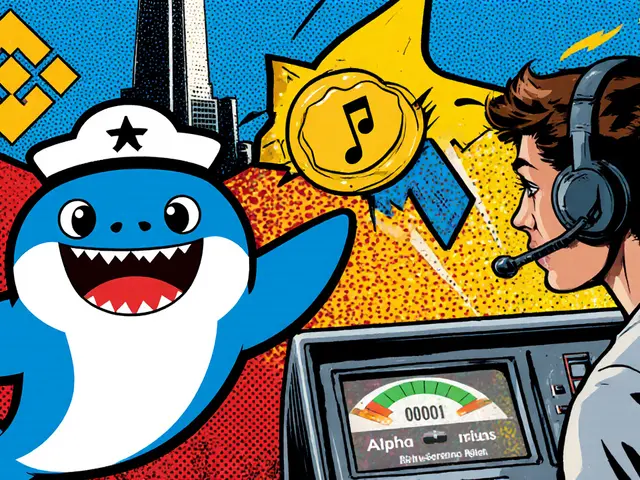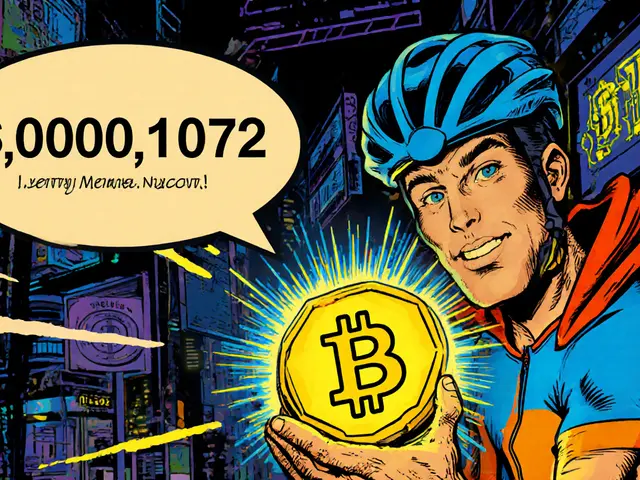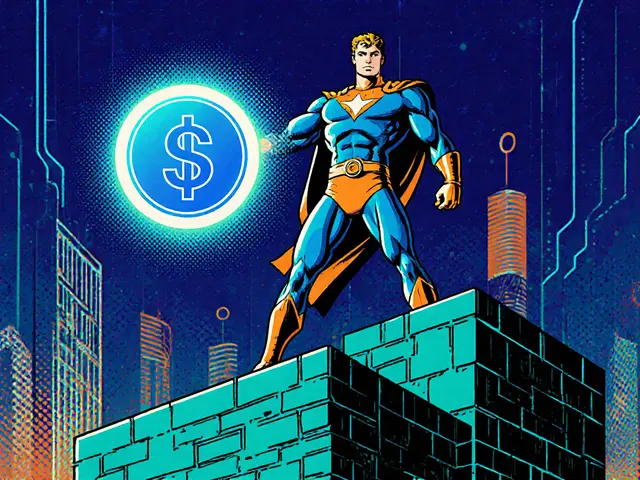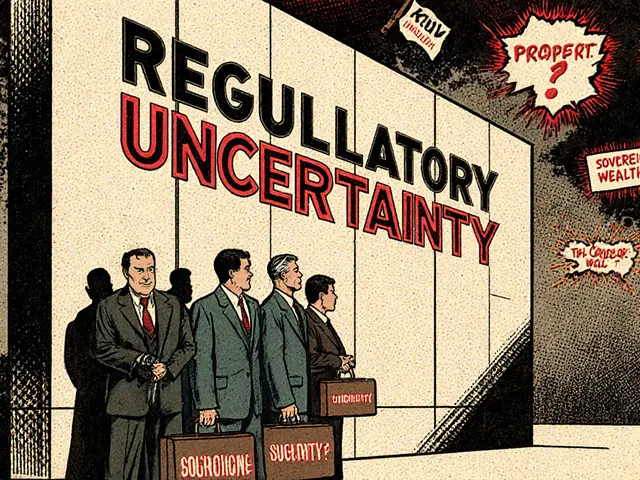WUSDR Crypto: What It Is, How It Works, and Where to Find Real Info
When you see WUSDR crypto, a wrapped token pegged to the US dollar, often used to move value between blockchains. Also known as Wrapped USDR, it’s meant to act like stablecoin liquidity on chains that don’t natively support USD-backed assets. But here’s the catch—most people don’t realize WUSDR isn’t a coin you buy on Binance or Coinbase. It’s not even listed on major exchanges. It’s a bridge token, built for niche DeFi protocols that need to lock USD value without relying on USDC or DAI.
WUSDR relates directly to wrapped tokens, digital assets that represent another token on a different blockchain. Think of it like a passport: if you own USDR on a private chain, WUSDR lets you use it on Ethereum or Polygon. It’s not new tech—it’s the same idea behind WETH or WBTC. But unlike those, WUSDR has almost no public documentation, no audited smart contracts, and no clear issuer. That’s why you’ll find more speculation than substance in forums.
It also connects to blockchain interoperability, the ability for different blockchains to communicate and exchange value. Projects that use WUSDR are usually trying to solve a real problem: how to bring stable value into a DeFi app that doesn’t support native USD tokens. But without transparency, this becomes risky. You’re trusting a token that might not even be redeemable for the real USDR it claims to represent.
Most posts about WUSDR are either misleading or flat-out wrong. Some call it a new meme coin. Others pretend it’s backed by a major institution. The truth? It’s a low-cap, low-liquidity token used by a handful of developers, not retail traders. You won’t find it on CoinMarketCap’s top 100. You won’t see it in wallet analytics. And if someone tells you it’s going to 10x, they’re either confused or trying to sell you something.
What you will find in this collection are real breakdowns of similar tokens—like WACME, which wraps ACME onto Ethereum, or how wrapped tokens like WBTC function under the hood. You’ll see reviews of exchanges that list obscure tokens, warnings about untracked platforms, and deep dives into why some stablecoin derivatives vanish overnight. There’s no hype here. Just facts about what these tokens actually are, who controls them, and whether they’re safe to touch.
If you’re looking for a stable, reliable way to hold USD on-chain, stick with USDC or DAI. If you’re digging into wrapped tokens because you think WUSDR is the next big thing, you need to know what you’re really getting into. The posts below show you exactly that—no fluff, no promises, just what’s real in the DeFi jungle.

